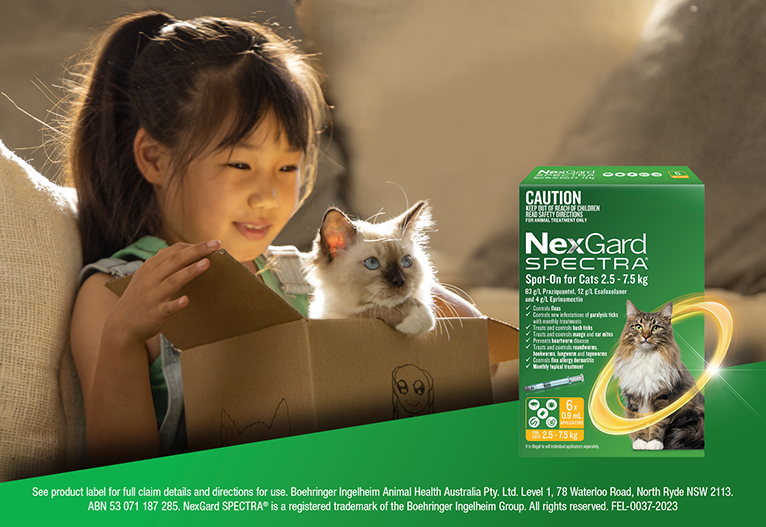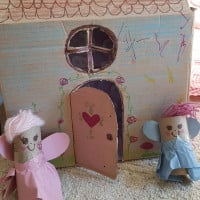It is 10pm and you are settling down to your evening cup of tea when you hear your child from their bedroom having a coughing fit.
You enter to find them crying and appearing to be struggling to breathe. How do you tell if this is a simple coughing fit or something more serious?
Initial Care of your Child:
- Sit your child up: this will make it easier for them to breathe
- Console them and remain calm (or pretend to): this will reduce their anxiety and allow for a faster recovery
- If you think they are just upset try distraction with toys or moving them to another room.
Once your child is calmer the most important thing is to look at them with their upper body clothing removed. The best indicators of whether a child is short of breath are seen around the chest and tummy as unlike adults, children and babies are “tummy breathers”. The muscles around this area strain and work harder when a baby or child is short of breath. Take note that the noises coming from your child are not indicators of shortness of breath on their own.
Key Signs of Shortness of Breath:
Look for changes in their appearance:
- Sucking in of the muscles around the ribs or the neck when breathing in.
- Increased movement of stomach when breathing
- Faster than normal breathing even when child is calm and relaxed
- Colour changes around the mouth, face or fingers from pink to greyish/bluish colour
Then listen for the sounds of breathing:
- Cough (moist, dry or barking)
- Unusual sounds of breathing such as a wheeze
What To Do Now?
If you have seen changes in your child’s appearance and these have not been relieved by sitting them upright, reassurance and distraction then an ambulance should be called. Your child may have a serious chest infection, asthma, bronchiolitis, pneumonia or severe croup, which may require treatment in hospital.
If on the other hand you have found only a cough or some unusual sounds of breathing with no signs of changes in appearance they may have mild croup, a mild chest infection or a cold. In this instance continue to care for your child at home and arrange for an appointment with your local doctor.
Care for your child by resting them in a more in an upright position. For babies elevate the legs of the cot bed at the head end. For older children provide an additional pillow. A humidifier may be helpful in reducing congestion and making your child’s breathing easier overnight. A few drops of saline or breast milk up your child’s nose can also reduce congestion.
If in any doubt call an ambulance as breathing emergencies are considered to be dynamic as a child’s condition can change in a short period of time.
Author: Amanda Thorton
Amanda currently practises as an Ambulance Paramedic (Clinical Instructor), a role in which she is continually involved in a variety of child related First Aid emergencies. Amanda is the Managing Director of Child Revive First Aid, an amazing service providing Child First Aid training courses for parents, businesses, schools and groups. For more information visit www.childrevive.com.au





















1:00 pm
1:38 pm
1:36 pm
1:27 am
11:02 am
3:09 pm
3:08 pm
5:04 pm
10:00 pm
9:58 pm
11:54 am
9:45 pm
8:19 pm
7:39 pm
8:20 am
8:19 am
10:34 pm
10:32 pm
1:03 pm
3:36 am
- «
- 1
- …
- 5
- 6
- 7
- »
Post a commentTo post a review/comment please join us or login so we can allocate your points.